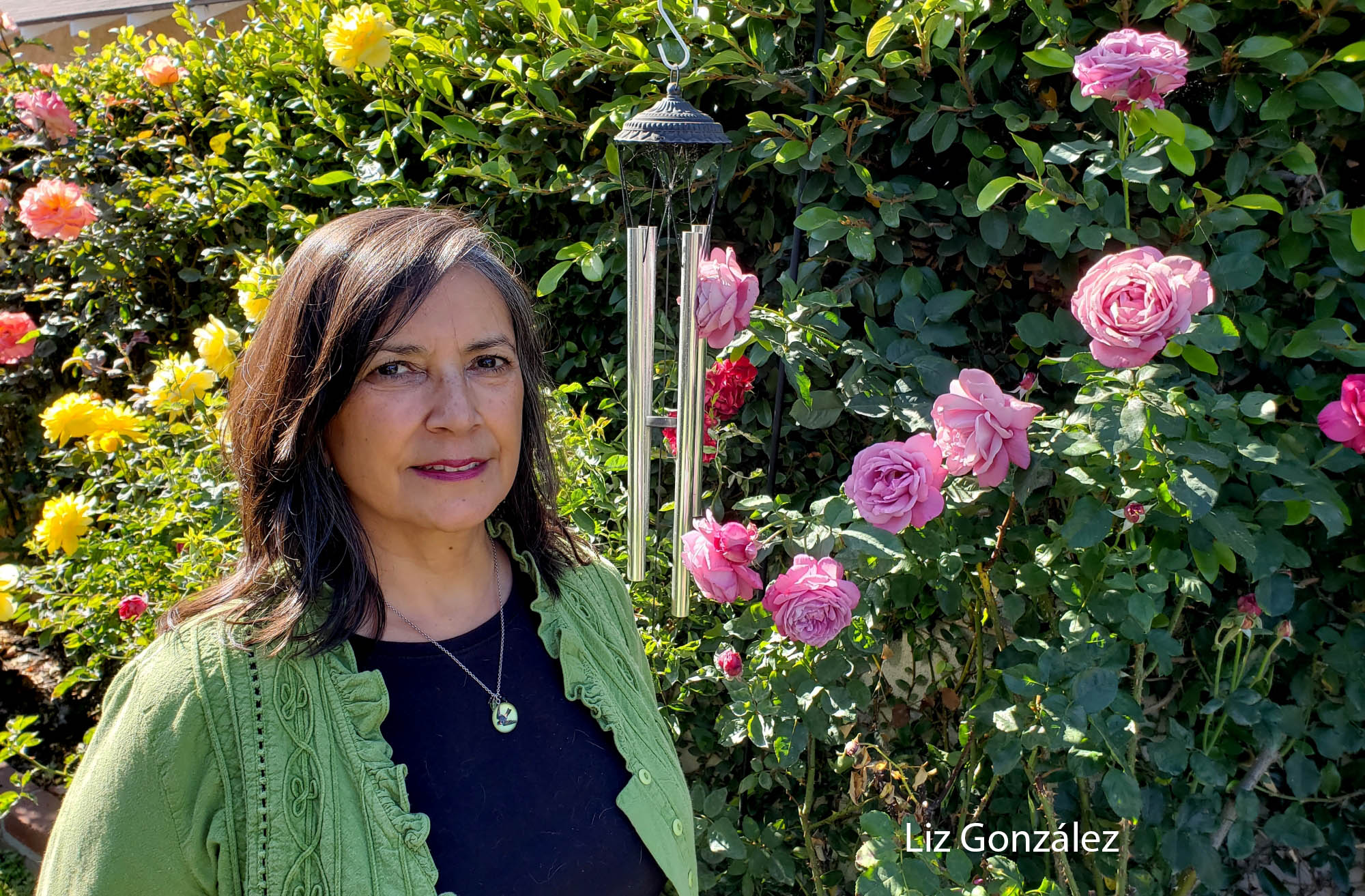Two former Census Bureau directors said they were puzzled by the agency’s request
by Sam Levine
The U.S. Census Bureau has asked several states to turn over driver’s license records that include personal data like eye color as part of President Donald Trump’s effort to obtain citizenship data.
The Census Bureau said Tuesday that it requested the information as part of its effort to use existing government records to compile data on citizenship. The agency said it was requesting the records to comply with Trump’s July executive order asking it to do just that after the U.S. Supreme Court blocked the president’s effort to add a citizenship question to the 2020 census.
The proposed citizenship question effort set off a firestorm of criticism from civil rights groups and activists who said it would discourage marginalized people, including noncitizens and people of color, from responding to the decennial survey. After the court ruling, the Trump administration has said it would gather citizenship data through other methods, potentially enabling lawmakers to redraw districts to benefit Republicans by leaving noncitizens out of the census count.
HuffPost obtained a draft memorandum the Census Bureau submitted to multiple states that would govern the sharing of driver’s license records. The document outlines a request for monthly driver’s license records between 2018 and 2023. It asks for 11 fields of information that would potentially be on a driver’s license ― including citizenship status and eye color. (The Census Bureau’s request for driver’s license records was first reported by The Associated Press.)
It’s not unusual for the Census Bureau to seek data from states. But two former directors of the Census Bureau said that asking for this specific data is both surprising and unnecessary.
Asking about eye color, in particular, “is very strange,” said Kenneth Prewitt, who served as director of the Census Bureau from 1998 to 2001.
“I cannot imagine how it would be useful in constructing population statistics, which is the task of the Census Bureau — not detailed data about individuals,” Prewitt said.
In general, driver’s licenses aren’t particularly good indicators of citizenship because motorists are only required to update them once every few years, during which their citizenship status may change, Prewitt said. Driver’s license info is only useful for finding addresses and ages, he said.
“Beyond that, they’re no data there,” he added. “That’s not data that’s particularly hard for the Census Bureau to get.”
Cuban immigrant dies of apparent suicide in Louisiana ICE detention center
The asylum-seeker was found unresponsive in his cell at Louisiana’s Richwood Correctional Center, which has a history of violence.
A Cuban man legally seeking asylum in the U.S. died of an apparent suicide on Tuesday while detained at an immigration detention center in Richwood, Louisiana.
Staff at the Richwood Correctional Center found 41-year-old Roylan Hernández-Díaz unresponsive in his cell. He was later pronounced dead by medical personnel at 2:20 p.m. Tuesday, U.S. Immigration and Customs Enforcement announced Wednesday.
Hernández-Díaz’s death is still under investigation, though ICE reported that he appeared to have strangled himself.
Hernández-Díaz had been in ICE custody for nearly five months. He initially applied for asylum at the U.S.-Mexico border in El Paso, Texas, in May, The Associated Press reported.
Border agents deemed the immigrant “inadmissible under the Immigration and Nationality Act,” ICE said in its news release. He was transferred to ICE custody on May 20.
Hernández-Díaz’s wife, Yarelis Gutiérrez, told BuzzFeed News that her husband was seeking asylum in the U.S. after speaking out against leaders of the Cuban government and being persecuted for it.
Gutiírrez also said that immigration officials had asked her husband to provide more evidence to support his asylum claims, which proved difficult because he was in a detention center, according to BuzzFeed. (by Carla Herreria).
The Richwood Correctional Center, a private detention facility operated by LaSalle Corrections, began housing undocumented immigrants earlier this year after signing a deal with ICE to take in detainees.









